Although I don’t shoot 110 film much, maybe 1-2 rolls a year, I do enjoy it. But it’s a hassle and options for film stocks are limited with Lomography being the only manufacturer of fresh film. Moreover, I’ve given up shooting 110 color. Past experience with lab-developed 110 hasn’t been great. Negatives almost always return with scratches. Paying for lab scans seems like overkill but scanning 110 myself is so unpleasant. However, I’ve settled into an enjoyable black-and-white workflow adapted from my 35mm workflow: develop myself, darkroom print the keepers, and scan the prints. This is a roundabout way of saying my only option for 110 is Lomography Orca. Luckily, Orca isn’t a bad film stock.
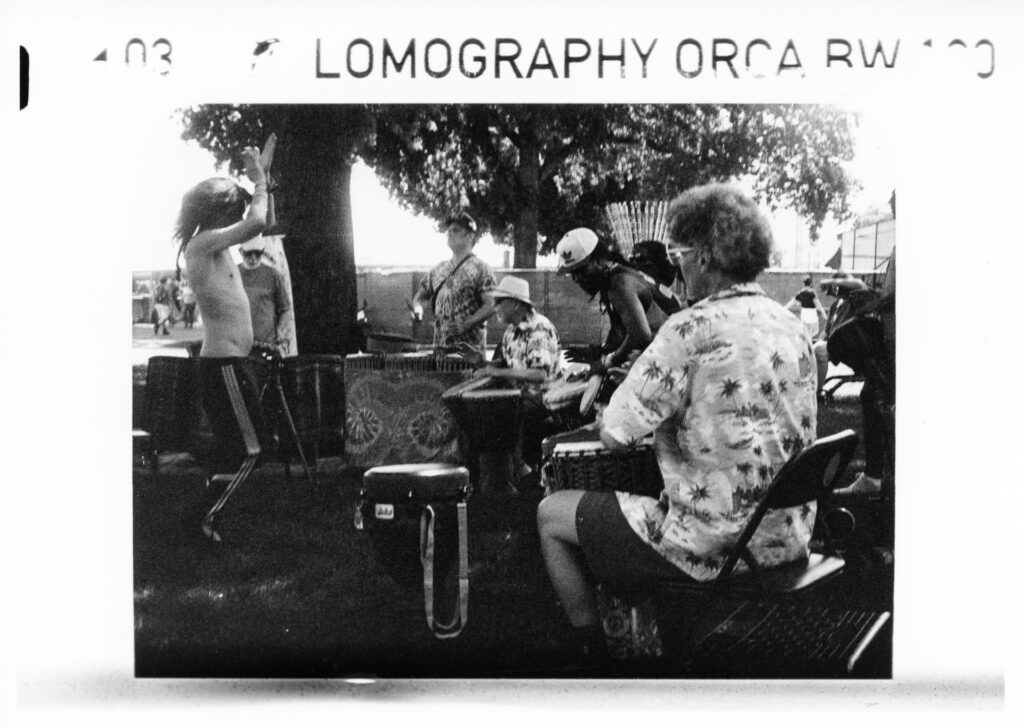
The simplicity of the cameras and the low-fi aesthetic of the small film size of 110 appeals to me. I previously owned a Pentax Auto 110 Super, the pinnacle of 110 cameras. It’s a great camera and produces quality photos, but manually focusing shots and dealing with multiple tiny lenses turned me off that camera. I also had a Minolta Autopak 470, the top-of-the-line model in Minolta’s Autopak series. But zone focusing with it was more than I wanted to deal with. For this format, I want a literal point-and-shoot, but one that doesn’t produce garbage photos. Is that too much to ask for?
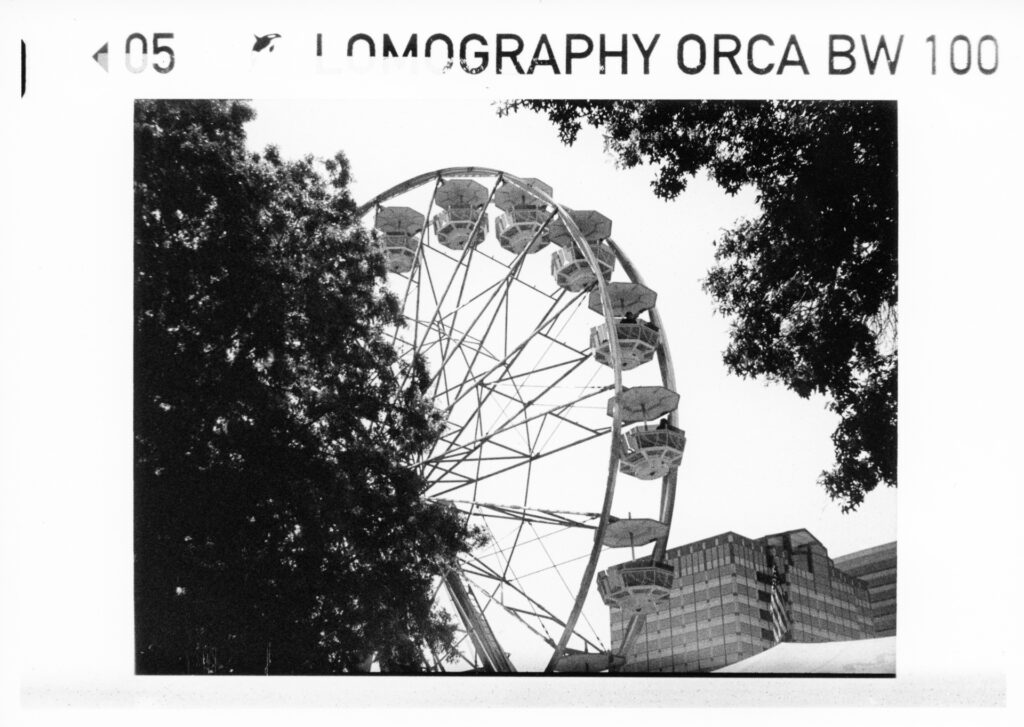
A Voigtlander Vitoret 110 EL popped up on an auction site so I put in a low-ball bid thinking I would surely get outbid. Turns out I didn’t; yay me. It arrived a week later with its original box, documentation, warranty card, plastic clamshell case, flash, wrist strap, and pocket clip, all in great condition. Even the black plastic battery cap cover was still intact. These caps are almost always missing since they are glued on to the metal battery chamber cover and easily fall off.
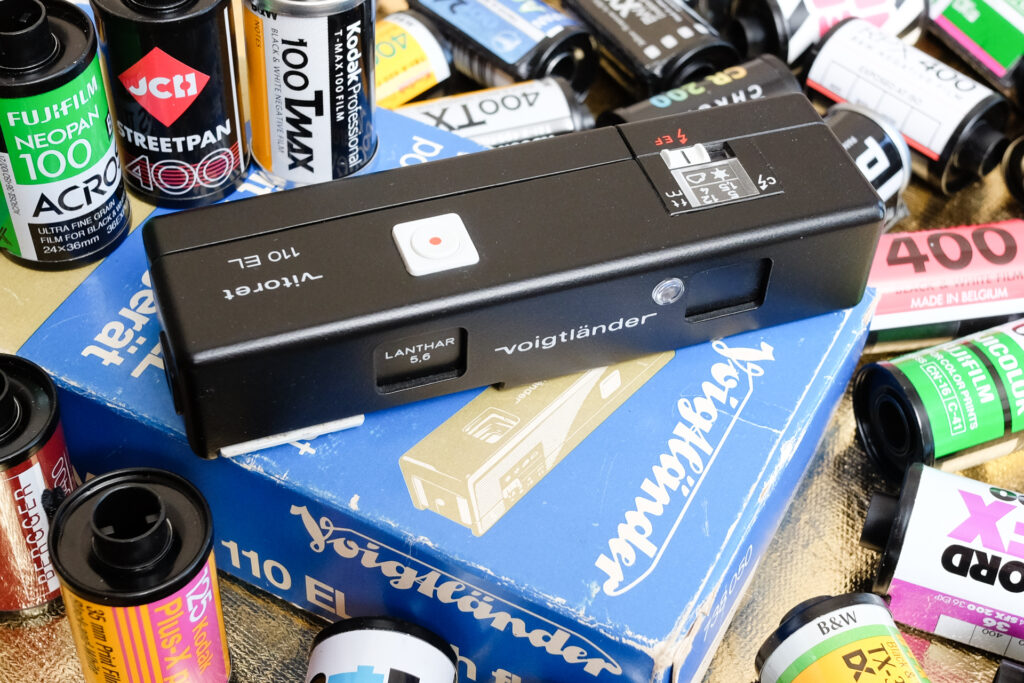
The EL version of the Vitoret 110 is the higher-end Vitoret 110 model. It has a battery-powered light meter that automatically adjusts the shutter speed from 4 seconds to 1/300 of a second. The only user control is the aperture, limited to only two choices, F5.6 or F11, on its 24mm Lanthar lens. Those two choices are selected as either a cloud or sun symbol for low ASA/ISO films, like Orca. For high ASA/ISO films, the symbols are a cloud and window. So the EL is not a pure point-and-shoot; it’s an aperture-priority camera with only two apertures. The non-EL version is purely mechanical with four shutter speed and aperture combinations to select from.
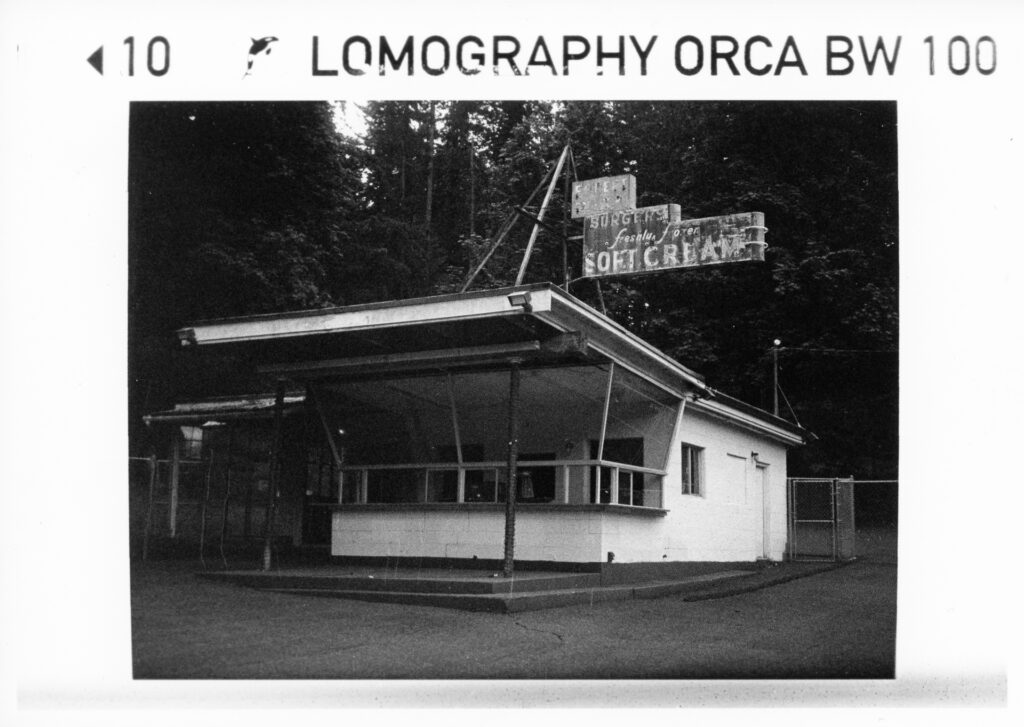
The Vitoret 110 EL is a tiny camera, easily pocketable. It’s perfect when photography isn’t the primary activity or as a secondary camera when it is. These five prints were taken in just that situation. Compared to the forgettable shots from the 35mm camera I carried with me, the Vitoret gave me grittier, higher contrast, results with a bit more character. The tiny orca whale in the margins is a nice bonus too.
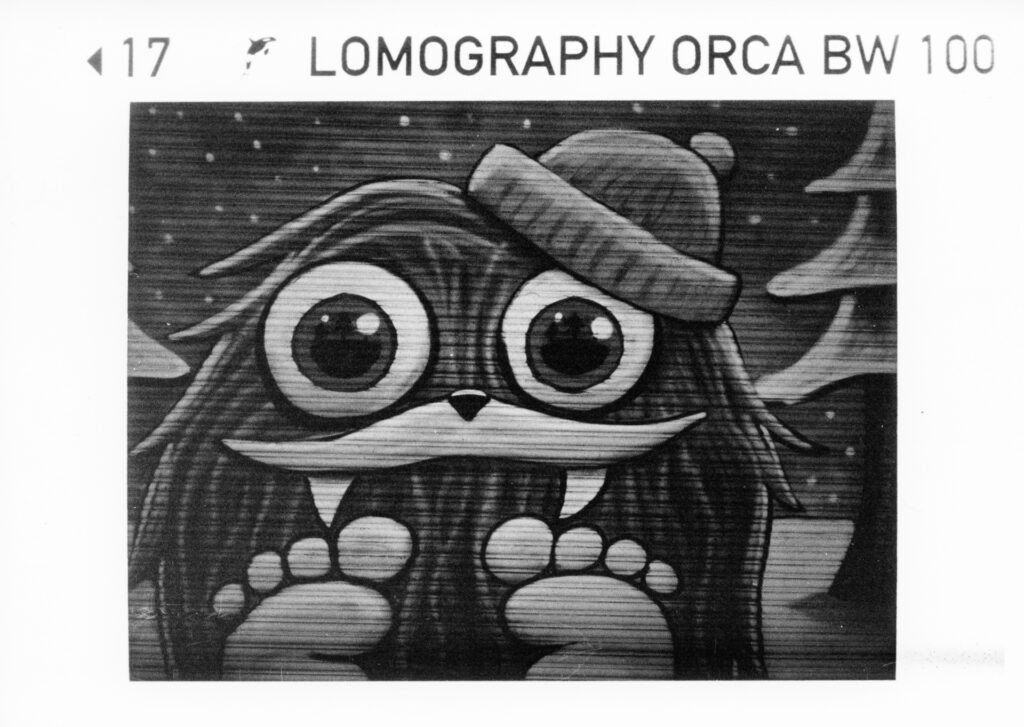
Thank you for reading. You can find me on Bluesky and at chanalogfoto.com.
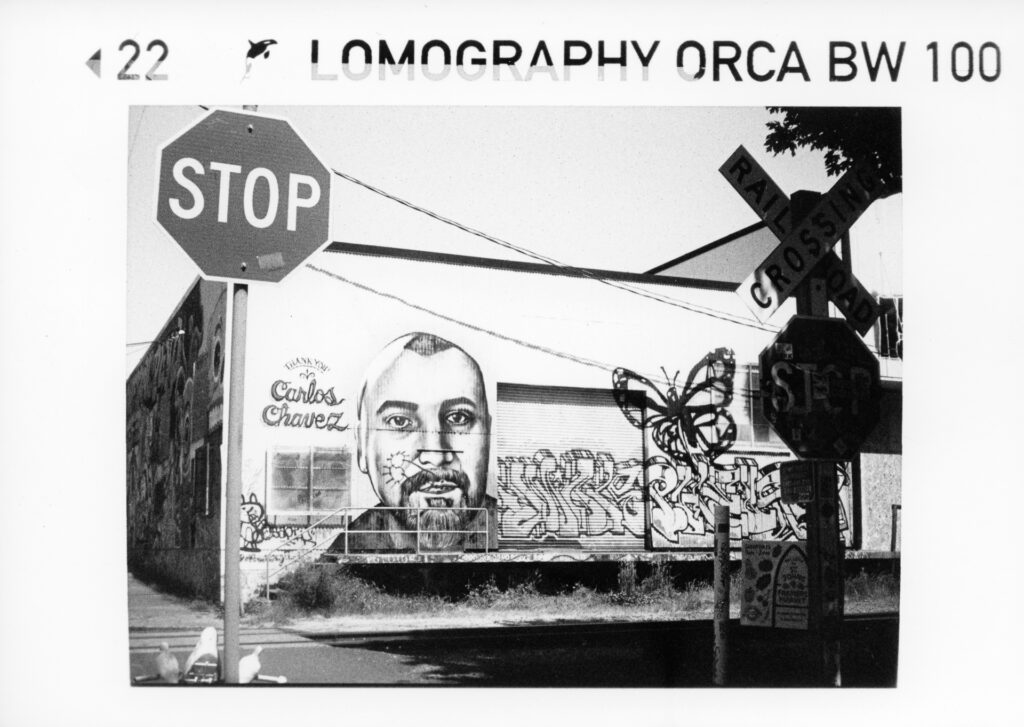
Update: a previous version misstated the shutter speed range; this has been corrected.
Share this post:
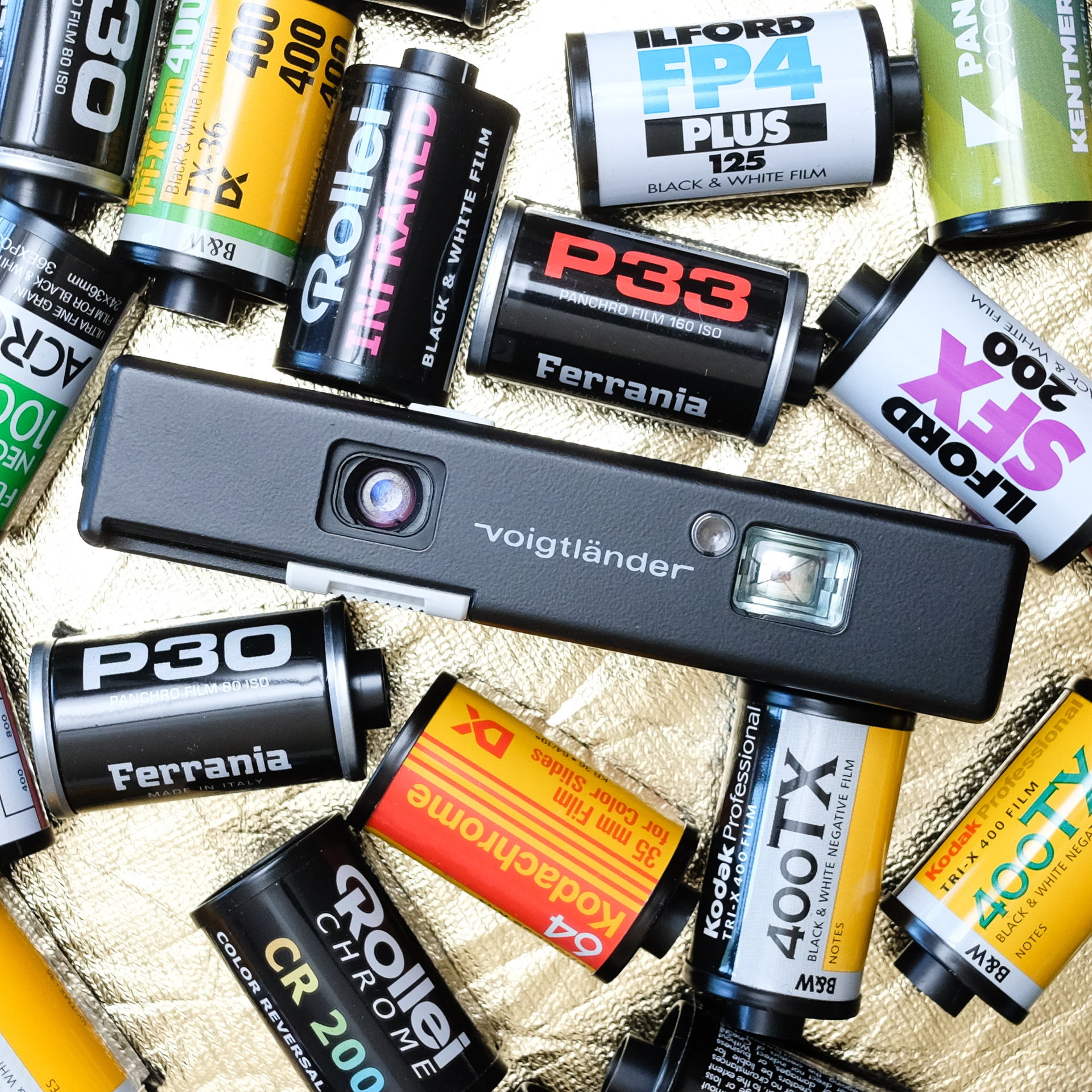
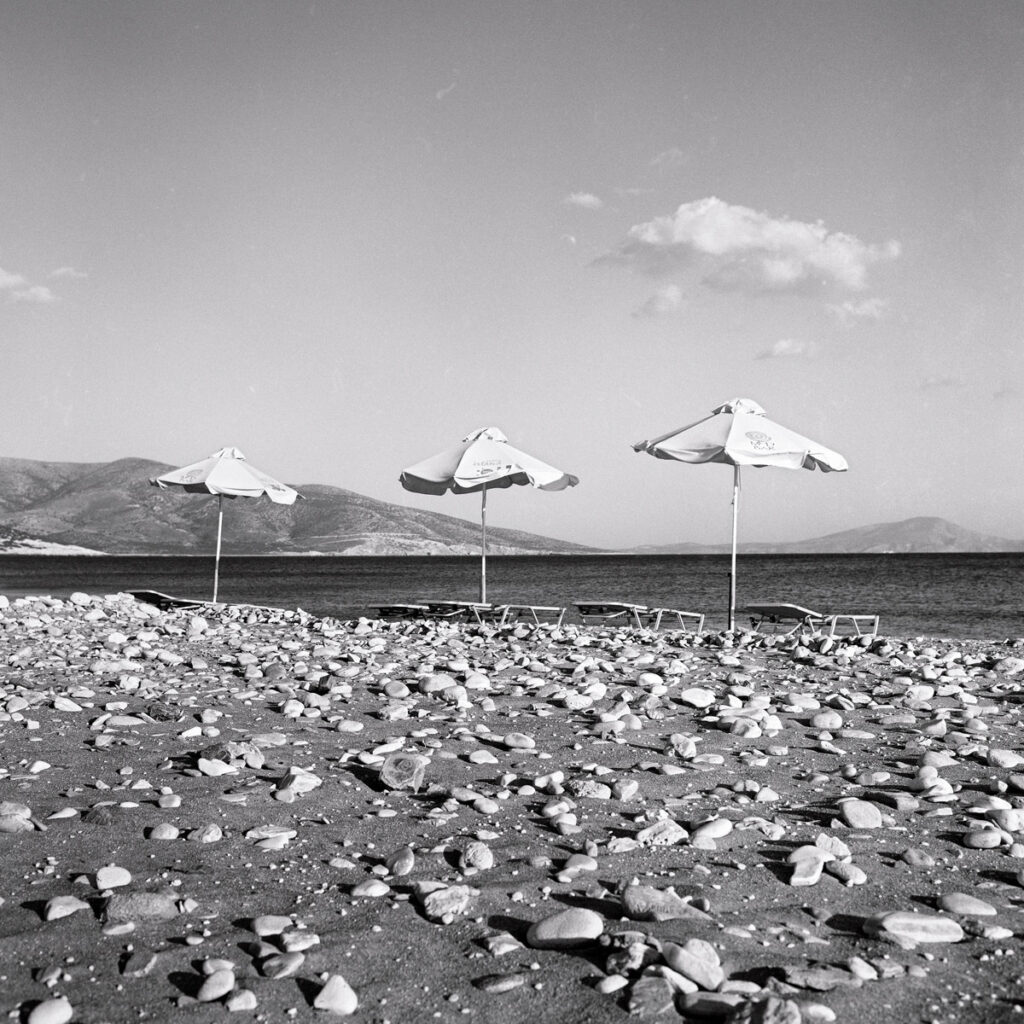
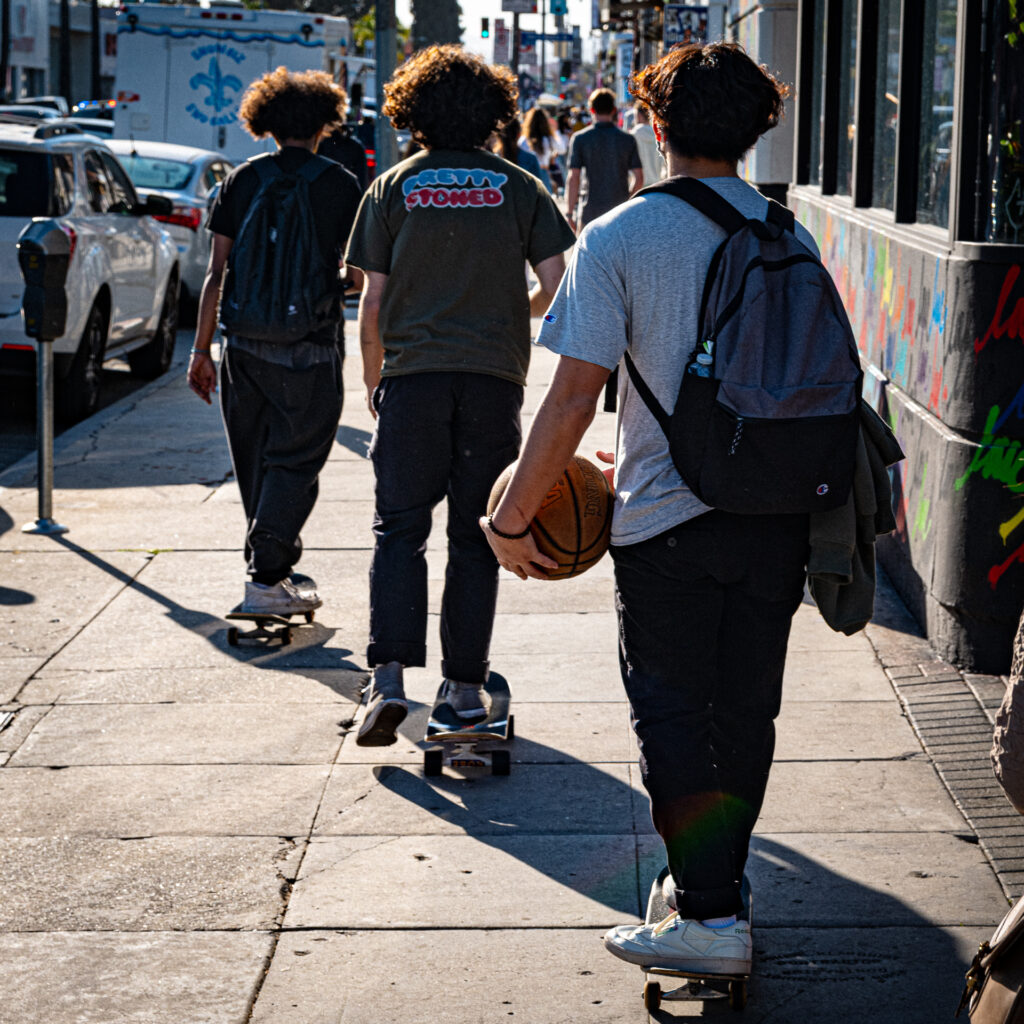

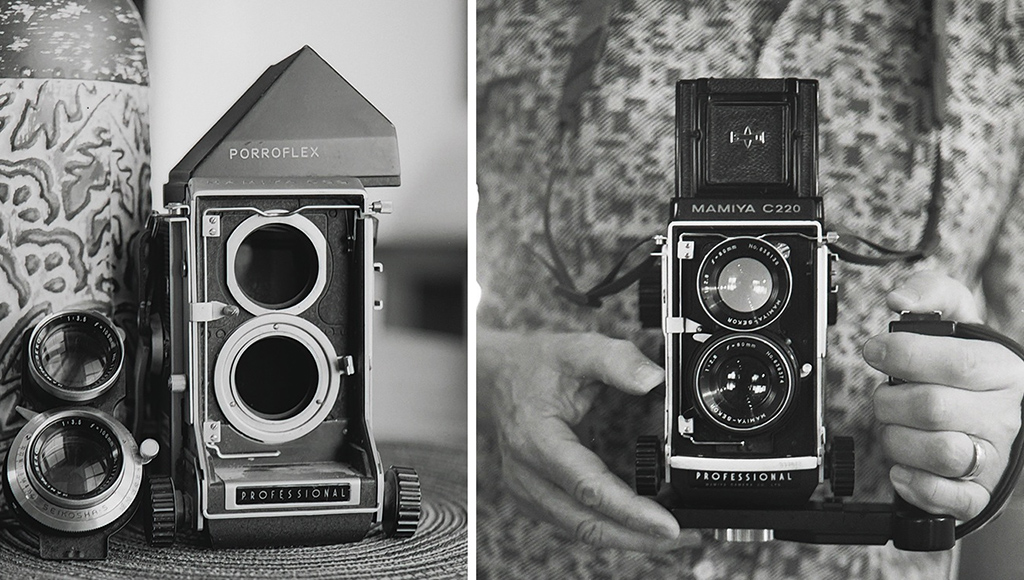
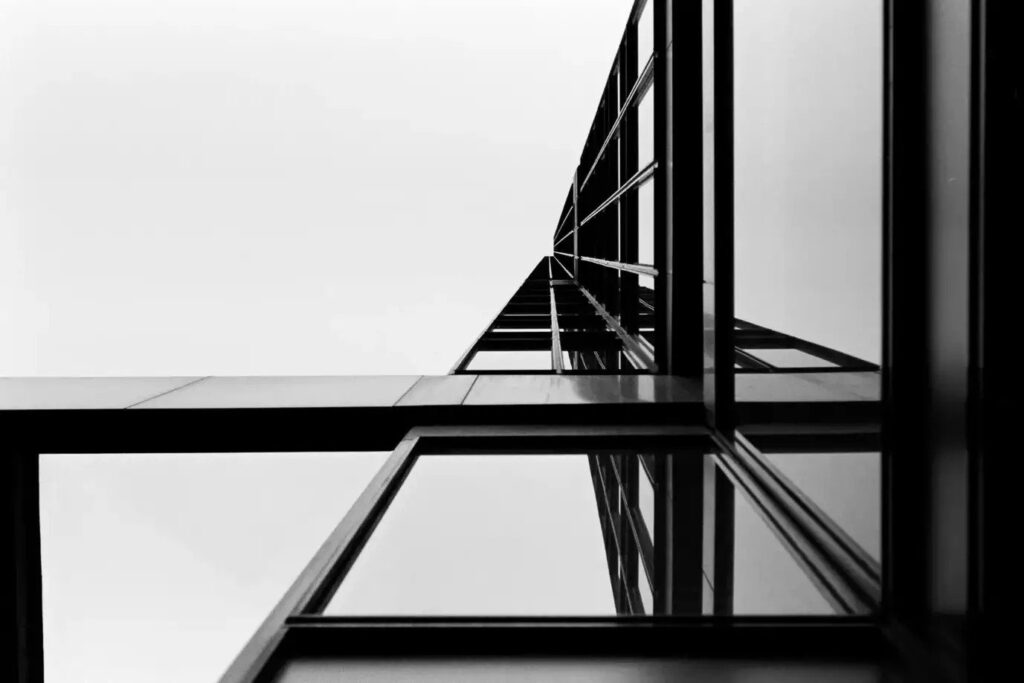


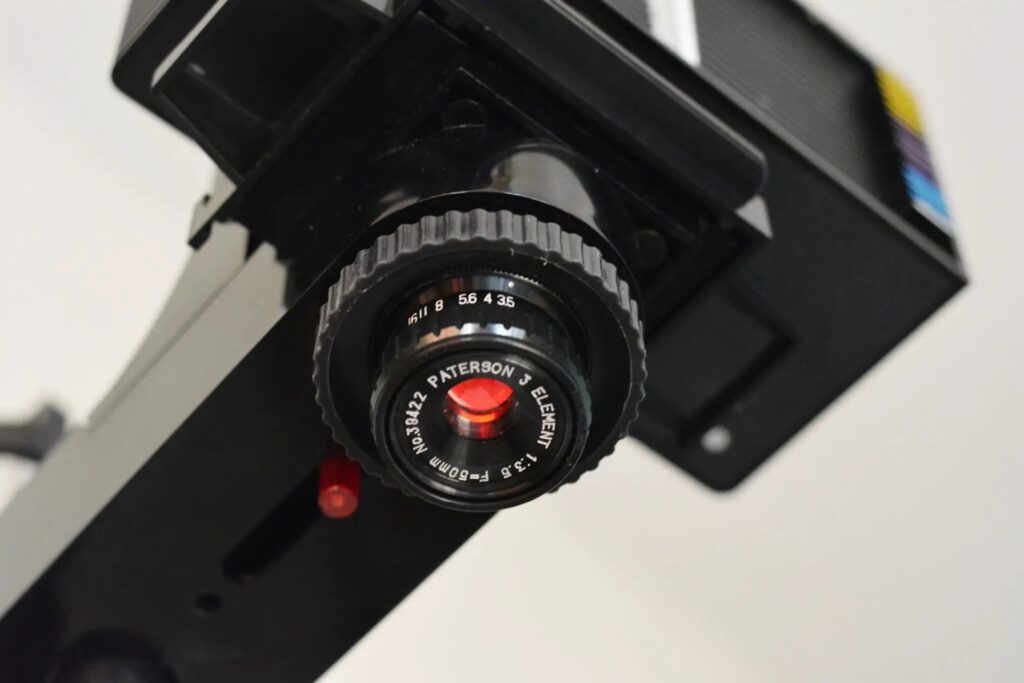
Comments
Dave Powell on 5 Frames with the Voigtlander Vitoret 110 EL and Lomography Orca
Comment posted: 06/08/2025
Gary Smith on 5 Frames with the Voigtlander Vitoret 110 EL and Lomography Orca
Comment posted: 06/08/2025
I'm also failing at scaling back my camera acquisition. Hamish has my "Slowly Stumbling into Large Format" article that has taken me six months to complete. This morning moments ago, DHL's yellow and red van just pulled up with a new-to-me Contax G1. It will likely be loaded with a 24 exposure roll of Tri-X and get shot in/around Portland and Gresham in the next day or two so I can develop it and ensure the ancient beast works.
That Vitorette 110 EL looks pristine. Blue Moon only has a few Lomo 110's. I have a few Voigtländers (35mm and 120mm) as well as a few lenses not attached to Voigtländer cameras.
Thanks for your article!
Comment posted: 06/08/2025
Tony Warren on 5 Frames with the Voigtlander Vitoret 110 EL and Lomography Orca
Comment posted: 07/08/2025
Ibraar Hussain on 5 Frames with the Voigtlander Vitoret 110 EL and Lomography Orca
Comment posted: 07/08/2025
David Pauley on 5 Frames with the Voigtlander Vitoret 110 EL and Lomography Orca
Comment posted: 07/08/2025